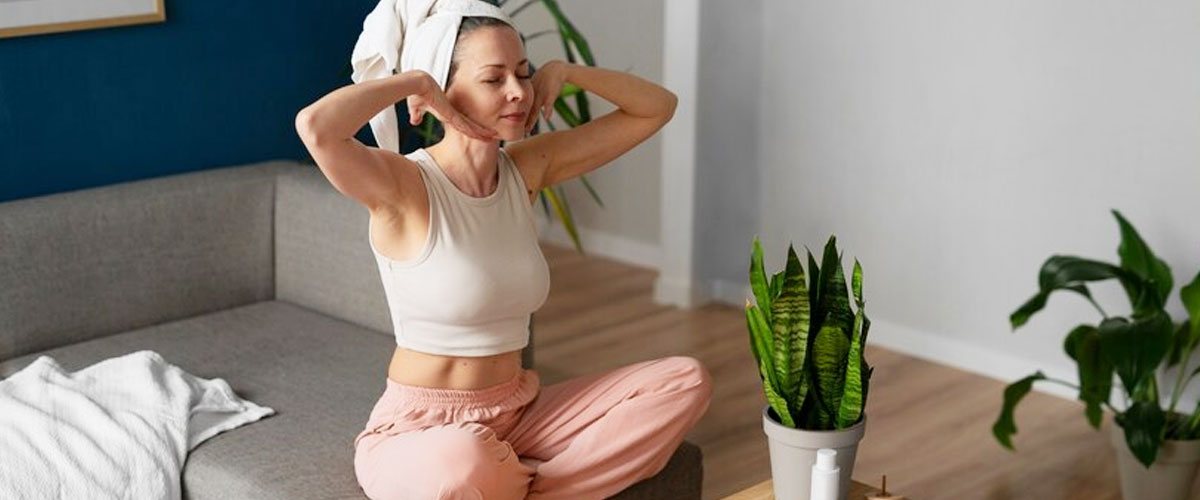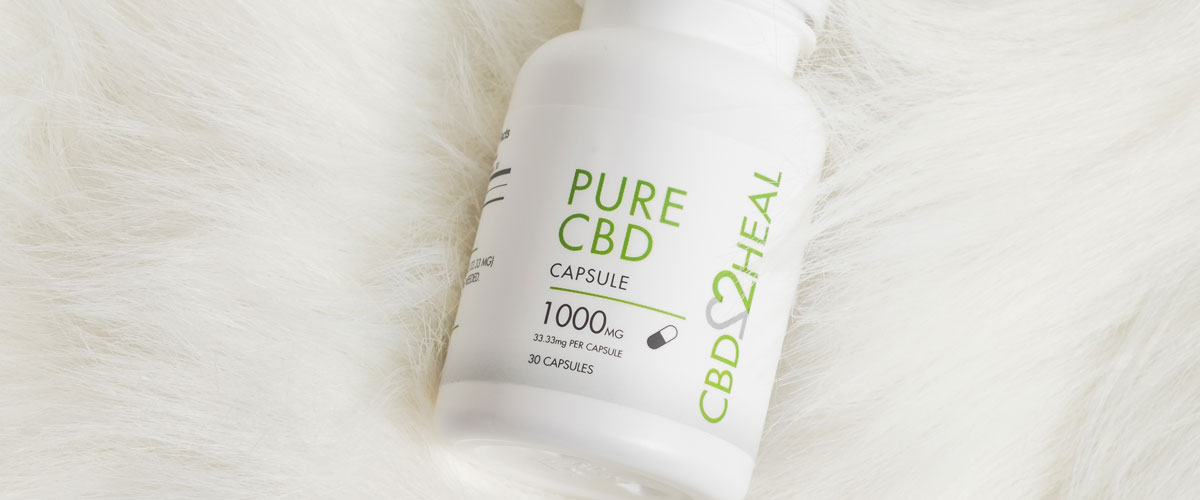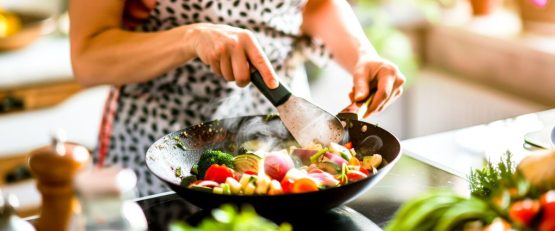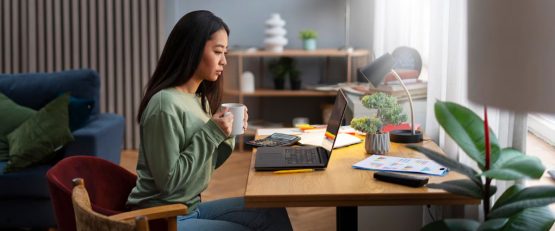- You have no items in your shopping cart
- Continue Shopping
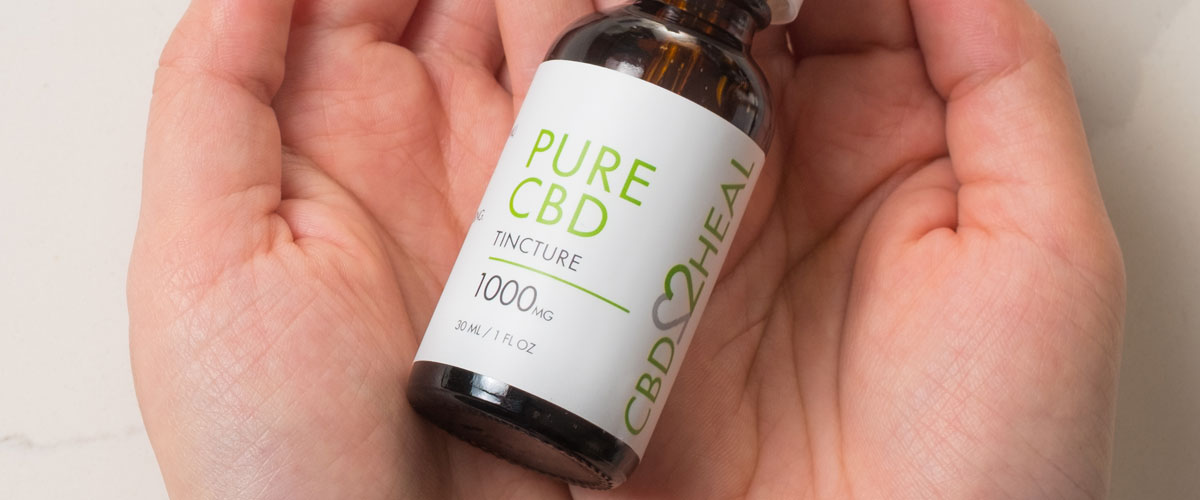
Cannabidiol (CBD) has surged in popularity across Canada and beyond, offering a natural, non-psychoactive option for those seeking relief from issues like anxiety, pain, sleep disorders, and more. As the market for CBD products expands, consumers face a dizzying array of choices—oils, capsules, creams, and edibles, each with varying strengths and recommended uses. One of the most critical yet often misunderstood aspects of CBD consumption is potency and dosage. How much CBD should you take? What does “potency” really mean? This blog post aims to demystify these concepts, empowering CBD consumers to make informed decisions for their wellness journey.
What is CBD Potency?
CBD potency refers to the concentration of CBD in a product, typically measured in milligrams (mg) per unit of volume or weight. For example, a 30ml bottle of CBD oil labeled as containing 1000mg of CBD has a potency of approximately 33.33mg of CBD per 1ml dropper. Understanding potency is crucial because it directly affects how much CBD you’re delivering to your system with each dose. For more on how CBD works, check out this comprehensive guide.
Potency varies widely across products. Some CBD oils come in strengths as low as 250mg per bottle, while others reach 5000mg or more. Similarly, CBD capsules might contain 10mg per capsule, while edibles like gummies could range from 5mg to 50mg per piece. Higher potency doesn’t always mean better—it depends on your needs, body chemistry, and the condition you’re addressing.
Key Point: Always check the product label for total CBD content (in mg) and the volume or quantity (e.g., 30ml or 30 capsules) to calculate the potency per dose.
Why Dosage Matters
Dosage is the amount of CBD you consume at one time, usually expressed in milligrams. Unlike medications with standardized doses, CBD dosing is highly individualized. Factors like body weight, metabolism, the severity of symptoms, and even the method of consumption influence how much CBD you need to feel its effects.
Taking too little CBD may result in no noticeable benefits, while taking too much could lead to mild side effects like drowsiness or digestive discomfort. Finding the right dosage requires experimentation, starting with a low amount and gradually increasing until you achieve the desired effect—a process often called “titration.” Learn more about CBD side effects at WebMD.
Key Point: There’s no universal CBD dosage. Start low, go slow, and adjust based on how your body responds.
Factors Influencing CBD Dosage
Several factors determine how much CBD you should take:
- Body Weight and Metabolism: Heavier individuals may require higher doses to achieve the same effects as lighter individuals. Similarly, a faster metabolism might process CBD more quickly, potentially reducing its duration of action.
- Condition Being Treated: The severity and type of condition matter. For mild anxiety, 10-25mg of CBD per day might suffice, while chronic pain or severe insomnia could require 50-100mg or more.
- Product Type: Different delivery methods affect how much CBD enters your bloodstream (bioavailability). For example:
- Sublingual oils/tinctures: High bioavailability (15-35%), as CBD is absorbed directly into the bloodstream under the tongue.
- Capsules/edibles: Lower bioavailability (6-15%) due to digestion and liver metabolism.
- Topicals: Target localized areas with minimal systemic absorption.
- Vaping: High bioavailability (up to 56%) but not suitable for everyone due to potential lung irritation.
- Tolerance: Regular CBD users may develop a mild tolerance over time, requiring slightly higher doses to maintain the same effects.
- Product Potency: A high-potency product (e.g., 4000mg/30ml) delivers more CBD per drop than a low-potency one (e.g., 500mg/30ml), affecting how much you need to take.
Key Point: Consider your unique circumstances—weight, condition, and product type—when determining your CBD dosage.
How to Calculate Your CBD Dose
To calculate your CBD dose, follow these steps:
- Check the Product’s Potency: Look at the total CBD content and volume. For example, a 30ml bottle with 1000mg CBD has 33.33mg CBD per 1ml.
- Determine Your Starting Dose: Beginners should start with 5-10mg of CBD per day. For a 1000mg/30ml tincture, this equates to roughly 0.15-0.3ml (3-6 drops, assuming 1ml = 20 drops).
- Measure Accurately: Use the dropper or measuring tool provided with the product. For capsules or edibles, follow the per-unit CBD content listed on the package.
- Adjust Gradually: After 3-5 days, assess the effects. If needed, increase the dose by 5mg every few days until you find your “sweet spot.”
Example: If you’re using a 2000mg/30ml tincture (66.67mg CBD per 1ml) and want to start with 10mg daily, you’d take approximately 0.15ml (3 drops). After a week, you might increase to 15mg (0.225ml or 4-5 drops).
Key Point: Precise measurement is essential for consistent dosing. Use the product’s dropper or a syringe for accuracy.
Common Dosage Guidelines
While individualized, here are general dosage ranges based on common conditions, derived from user reports and preliminary research:
- General Wellness: 5-15mg/day (e.g., stress relief, better focus).
- Mild Anxiety or Sleep Issues: 10-25mg/day.
- Chronic Pain or Inflammation: 20-100mg/day, sometimes split into multiple doses.
- Severe Conditions (e.g., epilepsy): 100-300mg/day, under medical supervision.
These are starting points. Always consult a healthcare professional, especially for serious conditions or if you’re taking medications, as CBD can interact with certain drugs (e.g., blood thinners). For more on CBD interactions, see Mayo Clinic’s insights.
Key Point: Dosage varies by condition. Use general guidelines as a reference but tailor them to your needs.
Best Practices for Safe CBD Use
To maximize the benefits of CBD while minimizing risks, follow these best practices:
- Choose High-Quality Products: Opt for brands like CBD2HEAL that provide third-party lab tests to verify CBD content, purity, and absence of THC. Look for organic, non-GMO hemp-derived products.
- Start Low and Go Slow: Begin with a low dose (5-10mg) and increase gradually. This reduces the risk of side effects and helps you find the minimum effective dose.
- Track Your Progress: Keep a journal of your doses, timing, and effects. Note any changes in symptoms, mood, or side effects to fine-tune your regimen.
- Time Your Doses: For ongoing issues like anxiety, take CBD daily for consistent effects. For acute issues like pain, take as needed. Sublingual doses typically take 15-30 minutes to kick in, while edibles may take 1-2 hours.
- Consult a Professional: If you’re new to CBD, pregnant, or on medications, talk to a doctor. CBD is not recommended for pregnant individuals or those under 19 in Canada.
Key Point: Quality, patience, and tracking are critical for safe and effective CBD use.
Common Mistakes to Avoid
New CBD users often make these errors, which can hinder their experience:
- Taking Too Much Too Soon: Overdosing can cause drowsiness or nausea. Start small to gauge your body’s response.
- Ignoring Product Potency: A high-potency product requires smaller doses than a low-potency one. Always calculate the mg per dose.
- Expecting Instant Results: CBD’s effects can be subtle and may take days or weeks of consistent use to become noticeable.
- Buying Unverified Products: Low-quality CBD may contain contaminants or inaccurate CBD levels. Stick to reputable brands with transparent lab reports.
Key Point: Avoid rushing the process or cutting corners on product quality to ensure a positive CBD experience.
The Role of Education in CBD Use
The CBD industry is still young, and misinformation abounds. Educating yourself about potency, dosage, and product quality is empowering. Blogs like CBD2HEAL’s offer valuable insights into CBD’s benefits, usage tips, and safety considerations. By understanding how CBD interacts with your body’s endocannabinoid system, you can make choices that align with your health goals. For a deeper dive into the endocannabinoid system, visit Project CBD.
For example, knowing that broad-spectrum CBD provides the entourage effect without THC can help you choose the right product for your needs. Similarly, recognizing that topicals are best for localized pain rather than systemic issues guides proper use.
Key Point: Knowledge is power. Stay informed to use CBD effectively and safely.
Conclusion
Navigating the world of CBD potency and dosage can feel overwhelming, but with the right information, it’s manageable. By understanding product potency, calculating doses accurately, and following best practices, you can harness CBD’s potential to support your wellness. Start with a low dose, choose high-quality products, and be patient as you find what works for you. Whether you’re seeking relief from stress, pain, or sleeplessness, CBD offers a natural option worth exploring responsibly. For additional resources, explore Health Canada’s CBD guidelines.
Ready to begin your CBD wellness journey? Shop at CBD2HEAL for 100% THC-FREE Canada’s best organic CBD oil and find your perfect dose today.

